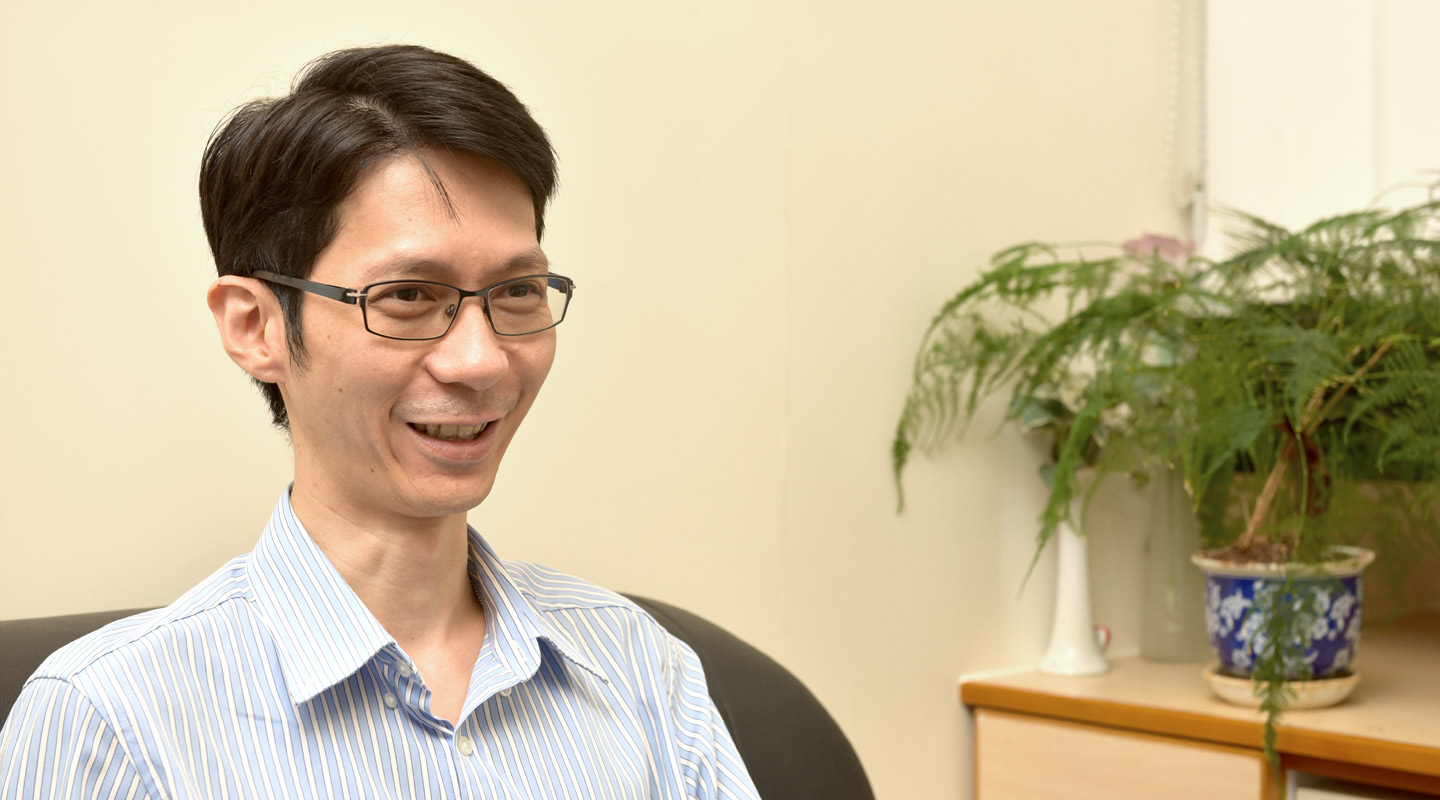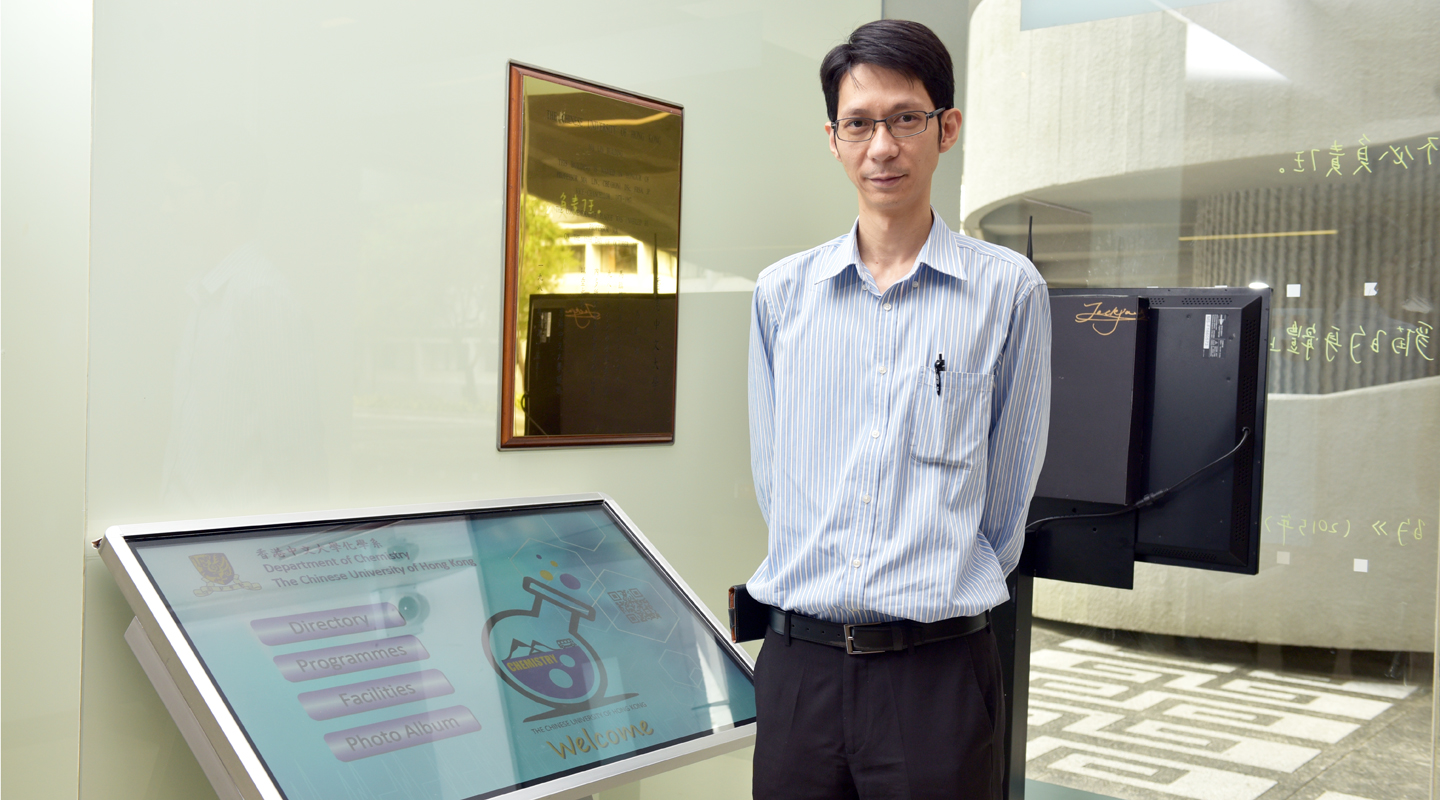Dear readers, With the launch of e-newsletter CUHK in Focus, CUHKUPDates has retired and this site will no longer be updated. To stay abreast of the University’s latest news, please go to https://focus.cuhk.edu.hk. Thank you.
Prof. Yeung Ying-yeung on Chemistry’s Past and Present

Prof. Yeung Ying-yeung
- Chairman, Department of Chemistry
Prof. Yeung Ying-yeung studied chemistry at CUHK and is remembered by many chemistry professors including Pro-Vice-Chancellor Dennis Ng. He has served as chairman of the department since January 2016. He talked to CUHK Newsletter about the changed landscape of chemistry, what green chemistry is, and Tamiflu.
What was it like studying chemistry at CUHK in your days?
Back then it was a three-year curriculum with comprehensive contents and a tight study schedule. But tough work made it all the more relishing, as I still remember we went to morning classes from Monday to Saturday and the lab classes from 2 to 6 pm on weekday afternoons. For some difficult lab works, the classes lasted until 7 pm.
What changes have you seen in the field of chemistry?
The field of chemistry has changed from its emphasis on fundamental understanding to multi-disciplinary inquiry and application. Many frontier topics such as drug synthesis, material science (e.g., OLED techniques), biosensing (e.g., sensing of diseases), water impurity sensing (e.g., detecting lead content in drinking water), and organoelectronics (e.g., new materials like graphene) are all based on fundamental chemical knowledge.
Is chemistry a basic or an applied science?
The line is blurred now, but chemistry is a central science subject.

What career options are open to a chemistry major?
Many years ago, chemistry majors mostly began their careers in fields directly related to chemistry. In recent years, however, more diversified career opportunities are available to chemistry students.
Why’s that?
Chemistry involves data analysis and logical thinking, skills that are much sought after in other positions, such as analysts in investment banks. Patent lawyers in drug companies need to have knowledge in both science and law. After finishing a chemistry degree, a student can study a top-up law degree to be qualified as a patent lawyer.
Why did you do your post-doc work in the US related to Tamiflu, a drug not strange to Hongkongers?
In 2006, there was a worldwide pandemic influenza. Tamiflu is an effective drug to cure influenza and governments were stockpiling Tamiflu, resulting in a shortage of the drug supply. The production of Tamiflu was challenging because the starting material was in limited supply. In addition, one of the production steps is potentially explosive, meaning that the step could not be carried out on a large scale.
What did you do?
My work at that time was to explore a new pathway to produce Tamiflu. Eventually, our team successfully established a production method that does not rely on the scarce starting material and avoids the use of explosive chemicals.
What is green or sustainable chemistry?
Classically, people were only concerned with the products yielded from chemical processes but they ignored that the chemical processes may generate wastes or toxic materials. Energy consumption is also a concern. Thus, in recent years scientists have incorporated the concept of ‘green’ in the design of chemical processes with the aim of minimizing the carbon footprint on the ecosystem so that the chemical processes can become sustainable.
How is that achieved?
By using renewable resources, reducing wastes and reducing energy consumption. For example, rare-earth metal was commonly used as a catalyst, with the inevitable result of metallic contamination. Now, non-metallic organic catalysts are used in its place whenever feasible.
T.C.
This article was originally published in No. 528, Newsletter in Dec 2018.